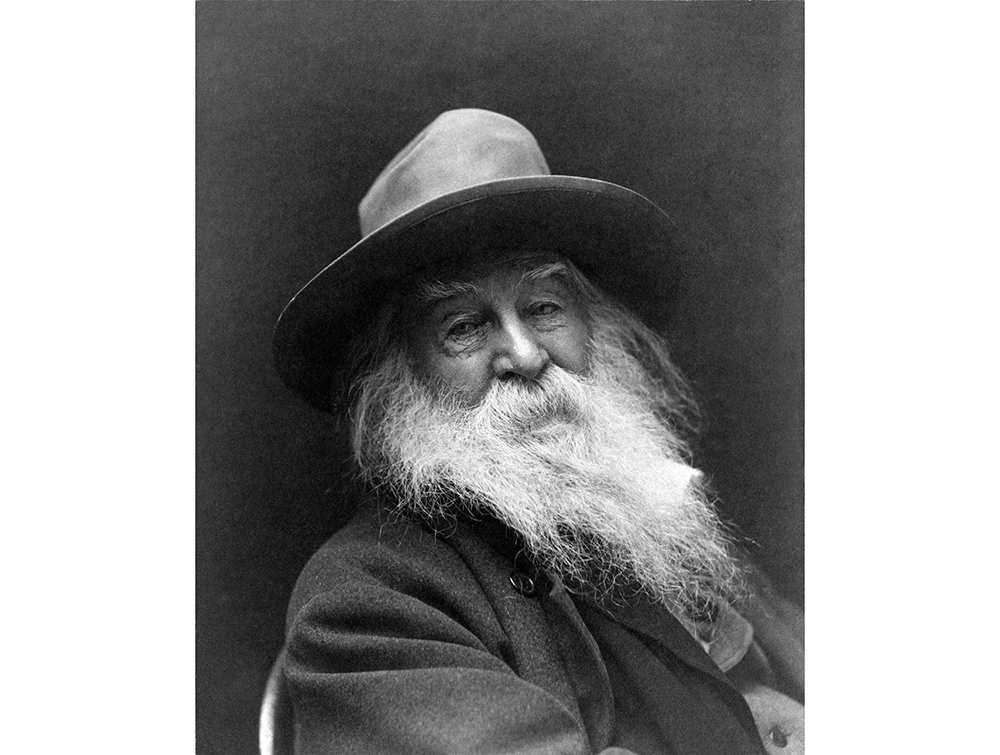By: Jason Murooney
Ever think Walt Whitman would be the source of controversy in the 21st century?
The question of whether or not to give his house landmark status has, surprisingly, raised some people’s ire.
Preservationists want to designate Whitman’s Clinton Hill, Brooklyn home – he resided there in the 1850s – a landmark.
Karen Karbiener, a professor at New York University, “said that there was a sense of urgency around protecting the building in question, 99 Ryerson Street, especially since Clinton Hill has gentrified and is drawing the attention of developers,” according to the New York Times. “But the New York City Landmarks Preservation Commission does not think the house warrants designation. Nor does the building’s current occupant, who is unhappy about the attention to his home is getting. And then there is the matter of whether Whitman, whose verse in “Leaves of Grass” has for so long been seen as radically inclusive, was actually a racist later in life who does not deserve to be celebrated in a neighborhood as diverse as Clinton Hill.”
Whitman, largely unknown to today’s public school students, was an American poet, essayist, and journalist. A humanist, he was a part of the transition between transcendentalism and realism, incorporating both views in his works. Whitman is among the most influential poets in the American canon, often called the father of free verse. His work was controversial in its time, particularly his poetry collection Leaves of Grass, which was described as obscene for its overt sensuality. Whitman’s own life came under scrutiny for his presumed homosexuality.
Born in Huntington on Long Island, Whitman worked as a journalist, a teacher, and a government clerk, according to Wikipedia. “At age 11, he left formal schooling to go to work. As a child and through much of his career he resided in Brooklyn. Whitman’s major work, Leaves of Grass, was first published in 1855 with his own money. The work was an attempt at reaching out to the common person with an American epic. He continued expanding and revising it until his death in 1892. During the American Civil War, he went to Washington, D.C. and worked in hospitals caring for the wounded. His poetry often focused on both loss and healing. Two of his well known poems, “O Captain! My Captain!” and “When Lilacs Last in the Dooryard Bloom’d”, were written on the death of Abraham Lincoln. After a stroke towards the end of his life, Whitman moved to Camden, New Jersey, where his health further declined. When he died at age 72, his funeral was a public event.”




